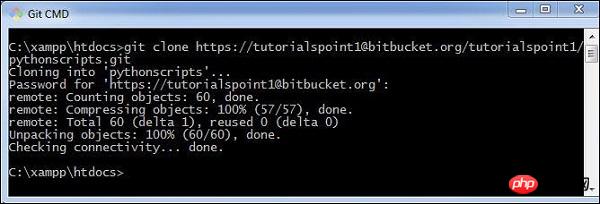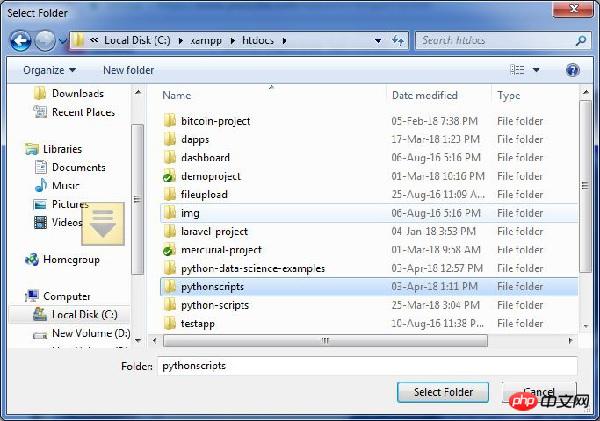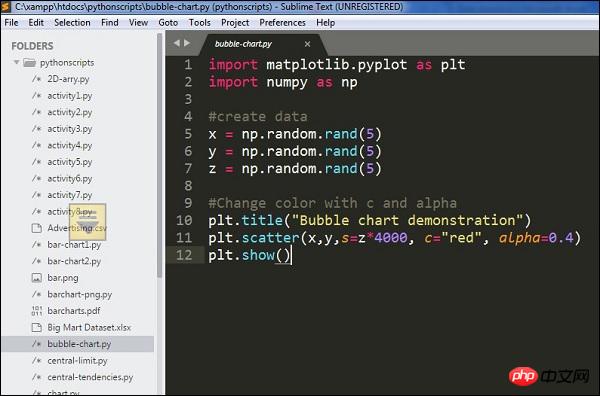Home >Development Tools >sublime >How to use the Subversion control system with the Sublime Text editor
How to use the Subversion control system with the Sublime Text editor
- 藏色散人Original
- 2018-11-08 10:07:063850browse
This article mainly introduces how to use the Subversion control system, Git and bit bucket with the Sublime Text editor.
SublimeText3 download address:
SublimeText3 Chinese version: http://www.php.cn/xiazai/gongju/93
http://www.php.cn/xiazai/gongju/500
http://www.php.cn /xiazai/gongju/1471
http://www.php.cn/xiazai/gongju/1473





The above is the detailed content of How to use the Subversion control system with the Sublime Text editor. For more information, please follow other related articles on the PHP Chinese website!
Statement:
The content of this article is voluntarily contributed by netizens, and the copyright belongs to the original author. This site does not assume corresponding legal responsibility. If you find any content suspected of plagiarism or infringement, please contact admin@php.cn
Previous article:How to install Sublime Text3 under LinuxNext article:How to install Sublime Text3 under Linux

